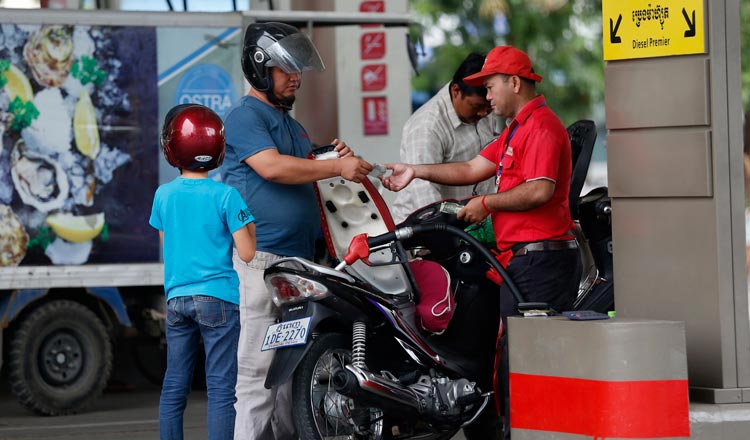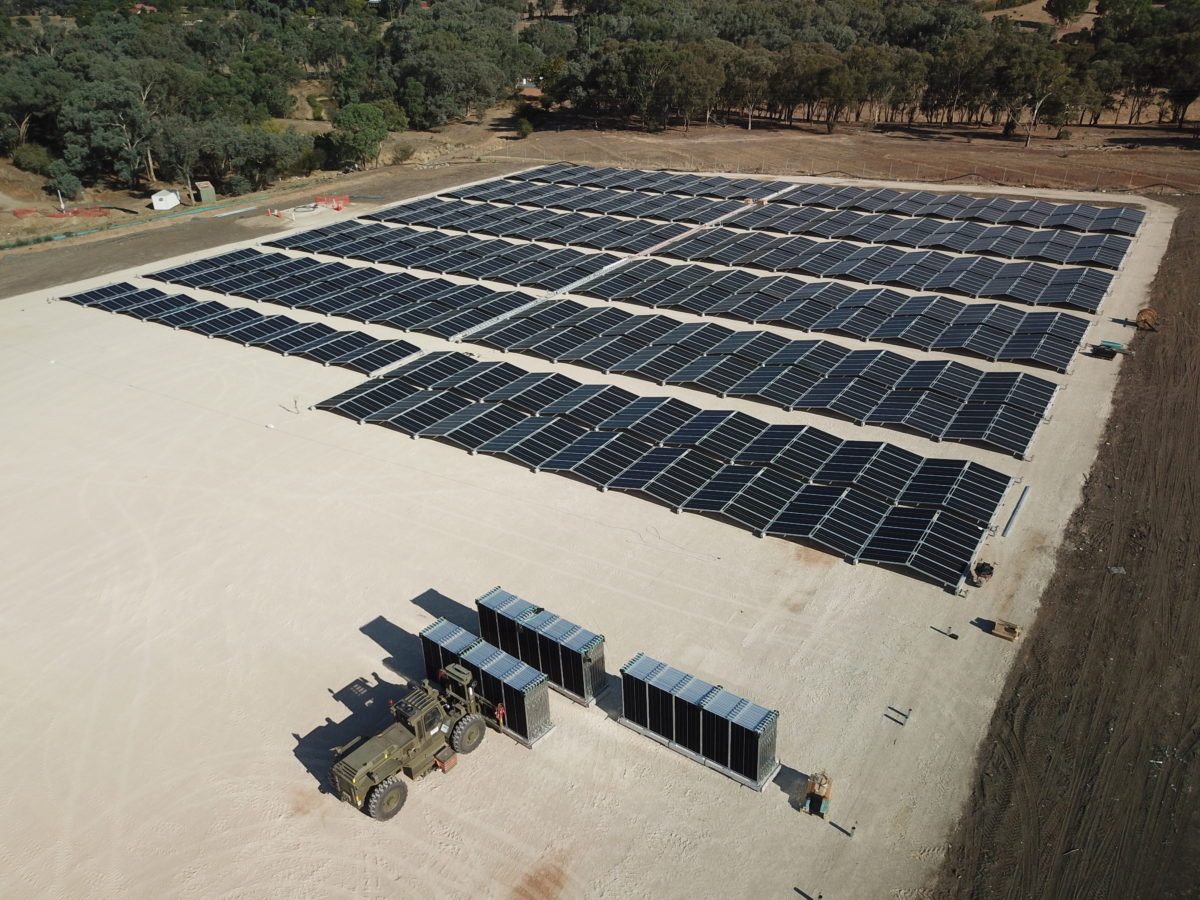Ambitious plans have been announced for a 15,000 hectare solar array near Tennant Creek in the Northern Territory. If built, the 10 GW solar farm will join the ranks of the world’s biggest solar parks and be coupled with a massive battery of an unspecified capacity.
The project plans to export electricity to both Darwin and Singapore. According to David Griffin, managing director of Singapore-based project proponent Sun Cable, the project’s transmission capacity will stand at 2.5 GW. Power will be transported via 3,800-km high voltage direct current submarine cables and cover 20% of Singapore’s power demand.
“The project will be multi terminal, including a voltage source converter tap in to Darwin. Darwin will also be the first customer to be connected,” Griffin told pv magazine Australia. “There is some nuance to the supply of electricity to Singapore that we are not able to provide detail on at the moment.”
Indeed, the project is at a very early stage with environmental approval applications still in the works. While final approvals could take time given its massive size and the number of stakeholders involved, Sun Cable is looking to submit the application next year.
Asked about the financing structure behind the project, Griffin said this is yet to be determined. “Financial close target date is 2023,” he said. It has been revealed, however, that the project comes with a price tag of $20 billion.
Sun Cable has set a timeline to start construction in 2023 with commercial operations kicking off in 2027. The project is set to employ local business and personnel and create thousands of jobs in both construction and manufacturing.
The company has confirmed its solar partner will be Sydney-based pre-fabricated solar array developer manufacturer 5B. “The solar technology will be a new variant of 5B Pty Ltd prefabricated Maverick solar farm technology,” Griffin said.
Solar concertina
5B’s solution is Maverick, a pre-fabricated, re-deployable solar array – in which modules come preassembled onto concrete blocks which replace conventional mounting structures. A single Maverick is a ground-mounted DC solar array block of 32 or 40 PV modules, which can be made with any standard framed 60 or 72-cell PV module. With modules oriented in a concertina shape at a 10 degree tilt and electrically configured, each Maverick weighs about three tonnes. When deployed, one block is five metres wide and 16 metres long (32 modules) or 20 metres long (40 modules).
Thus far, the company has no project bigger than 2 MW in its portfolio, according to its website. However, to illustrate its solution, 5B states it has deployed 2.1 MWp, or a total of 62 Mavericks, in only 25 days with a team of three people. By reducing the manual-labour required for solar module installation, the 5 B solution looks well suited to remote areas – such as Barkley.
Government backing
The 10 GW solar farm in the Barkley region will be the company’s first and only PV project, although the team has a history in wind and solar farm development in Australia and South Africa. Namely, Griffin has been engaged in developing utility-scale solar and wind projects through his own development companies and during his time as General Manager of ASX-listed renewables developer Infigen Energy. He is also listed as investor and director of 5B.
While many aspects still need to come together, the Northern Territory government support is not lacking. Michael Gunner, NT’s chief minister, said he is a strong supporter of the project. “There is no better place in the world to lead the renewable revolution than the Northern Territory,” he said. “We have the guaranteed cloud free days, the land, and a government with the vision, plan and will to make it happen.”
The proposal was unveiled just days following the release of the 10 GW Vision for the Northern Territory by climate change think-tank Beyond Zero Emissions. Calculating with the region’s unlimited potential to generate solar power, the new report raises awareness of the potential jobs and revenue opportunities for Territorians in a zero-carbon economy by 2030.
Gigawatt appetite
The Barkley region project announcement is not the only gigawatt project in Australia’s pipeline. A sod turning ceremony at a project boasting 1.5 GW of solar PV and 500 MWh of energy storage 100 kilometers north of Brisbane was held in February, while another massive project was waved through in Queensland two years earlier, when Singapore-based Equis Energy secured approval to begin constructing the 1 GW Wandoan South Solar Projects.
Australia’s other GW renewable energy projects are still awaiting a regulatory nod – a 4 GW renewable energy hub for New South Wales proposed by Energy Estate and MirusWind. In WA, the 11 GW Asian Renewable Energy Hub is being proposed to export power to Southeast Asia via subsea cables and supply big miners and green hydrogen projects in the Pilbara region – the project being put forward by a consortium comprising Vestas, Intercontinental Energy, CWP Energy Asia and Macquarie Group.







